VHO - Quynh Van (Quynh Luu, Nghe An ) is a land that has been marked by our ancestors' footsteps for thousands of years and is now becoming an archaeological focus. After being excavated, the sedimentary layers of time were revealed, bringing with them stories about prehistoric people and early spiritual life.
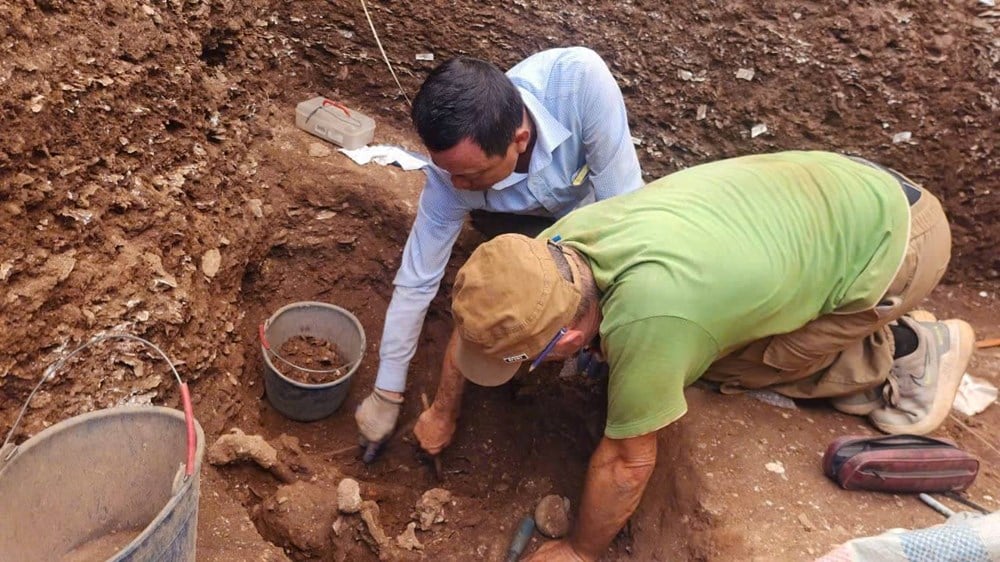
Over the past month, Nghe An Museum, in collaboration with the University of Social Sciences and Humanities (Vietnam National University , Hanoi ) and international experts from the Department of Archaeology and Anthropology (Australian National University), has made valuable archaeological discoveries.
According to preliminary assessment, Nghe An Museum said that at a depth of more than 3m in village 6, Quynh Van commune, two excavation pits with an area of 18m² exposed nine sets of ancient human remains lying in a kneeling position, a typical burial form of Quynh Van culture.
In the second excavation pit, the scene appeared like an ancient “cemetery”: Three skeletons stacked on top of each other, separated by a thin layer of soil, surrounded by hundreds of mollusk shells, materials that may have had deep spiritual meaning to prehistoric inhabitants.
Not only used as burial tools, seashells and snails are also crafted into jewelry, depicting in part the aesthetic beauty and primitive beliefs of ancient coastal communities.
In addition, labor tools such as stone axes, pestles, flakes, traces of fireplaces, etc. continue to add to the vivid archive of documents about the daily life and labor of ancient people.
Nghe An Museum said: What has just been excavated is not only material evidence but also the return of a culture that once flourished in the depths of time.
This discovery not only has great scientific value but also profound humanistic significance. Each set of remains is an untold story, a “time” witness to the presence of humans on this land thousands of years ago.
The layers of soil that have been piled up over time now seem to be “speaking”, telling about a once brilliant culture: Quynh Van culture, a typical culture of primitive coastal residents, which flourished about 5,500 - 3,500 years ago.
In the near future, all artifacts and remains will be tested using the C14 (Carbon-14) radioactive method to accurately determine their age, and at the same time conduct further research on the anthropological characteristics, beliefs and activities of ancient residents.
For researchers, this is an invaluable source of information, opening the door to in-depth exploration of the history, anthropology and culture of ancient coastal residents.
For the people of Quynh Van, these discoveries are strong evidence of a lasting cultural flow that has never been interrupted in their homeland.
Ms. Nguyen Thi Thu, a resident of Quynh Van commune, shared: “When we heard that archaeologists discovered our ancestors’ remains right on the land where we live, we were both surprised and proud. Now, the whole village is waiting for each new information to be announced, everyone wants to do something to contribute to preserving this heritage.”
From that deep pride, Quynh Van people are following the research results every day with a strong sense of responsibility and community awareness.
Because more than the layers of soil that have just been uncovered, what is found is the sacred memory of our ancestors that needs to be awakened, cherished and passed on to future generations. Not only preserved in books or displayed artifacts, but also alive in the hearts and minds of future generations.
This excavation milestone extends the research journey of Quynh Van, one of the cradles of Vietnamese archaeology. In 1930-1932, French archaeologist Madeleine Colani first set foot on this land, excavating the scallop sandbank sites at Cau Giat.
In 1963, archaeologist Phan Ngoc Lien discovered more stone and bone relics, opening large-scale excavations by the Institute of Archaeology, making Quynh Van the official name for a culture.
Mr. Nguyen Trong Cuong, Director of Nghe An Museum said: Quynh Van, a name that has been deeply ingrained in Nghe An's geography, is once again mentioned with pride.
More than just an archaeological site, it is a “gateway to time”, where the past echoes in every relic, every grain of soil, and in the hearts of those who today are trying to revive thousand-year-old memories.
Source: https://baovanhoa.vn/van-hoa/mo-ra-kho-bau-o-di-chi-quynh-van-130865.html


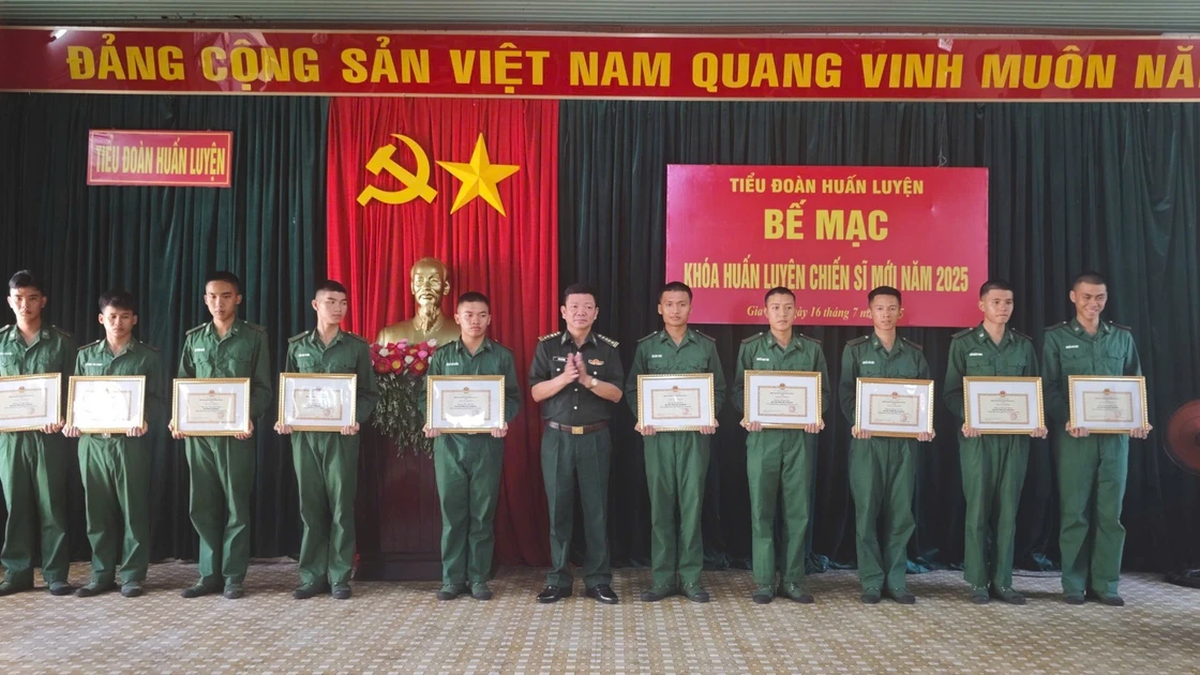
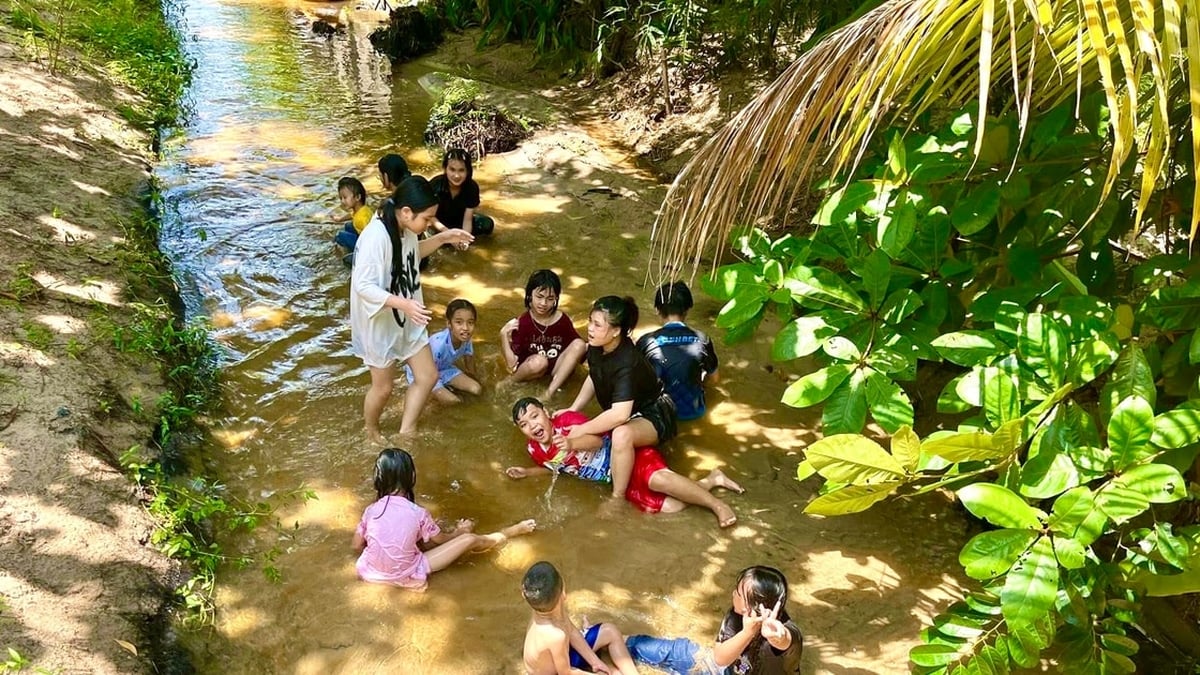
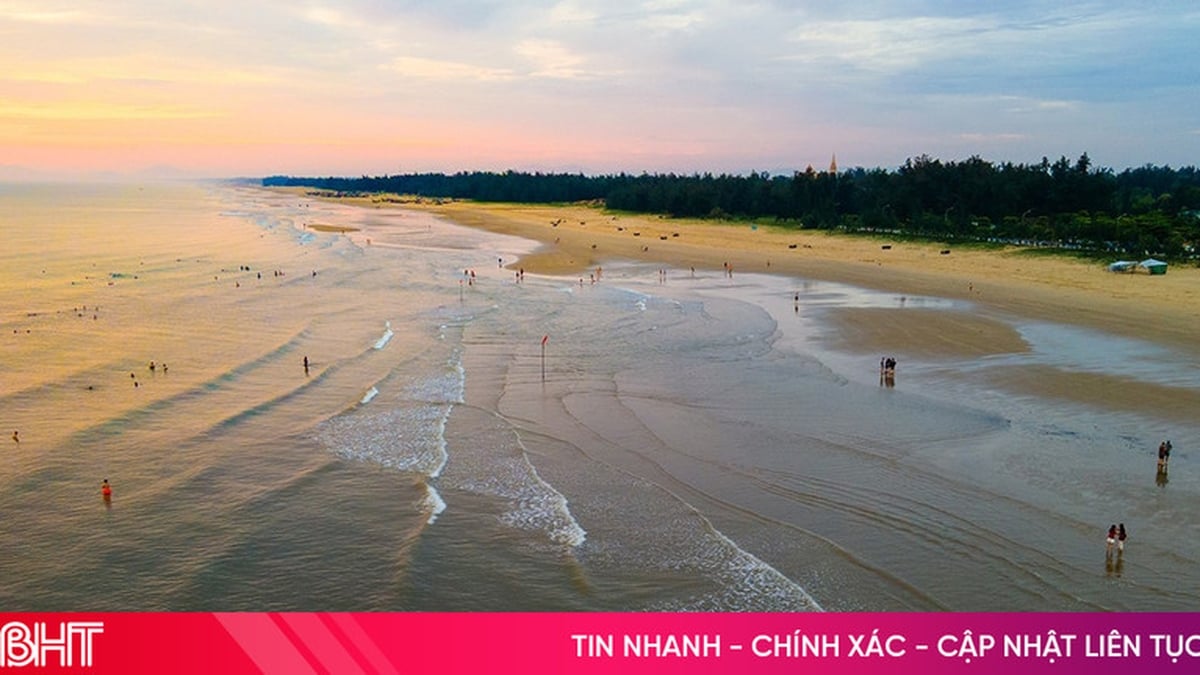


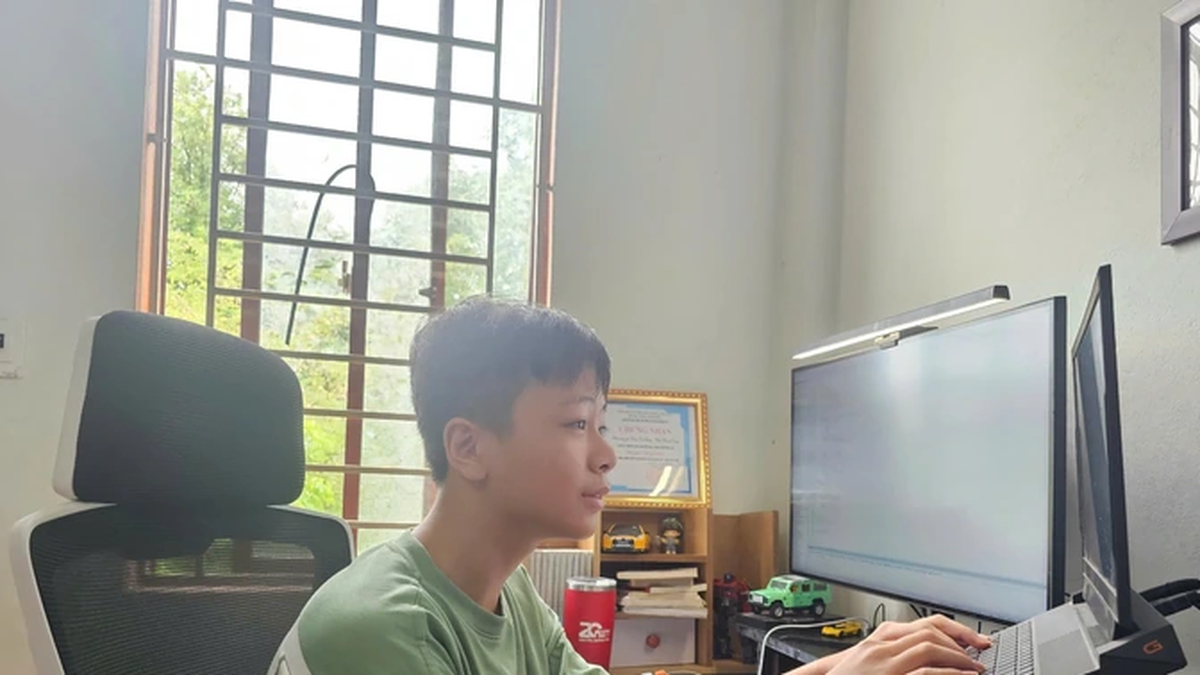


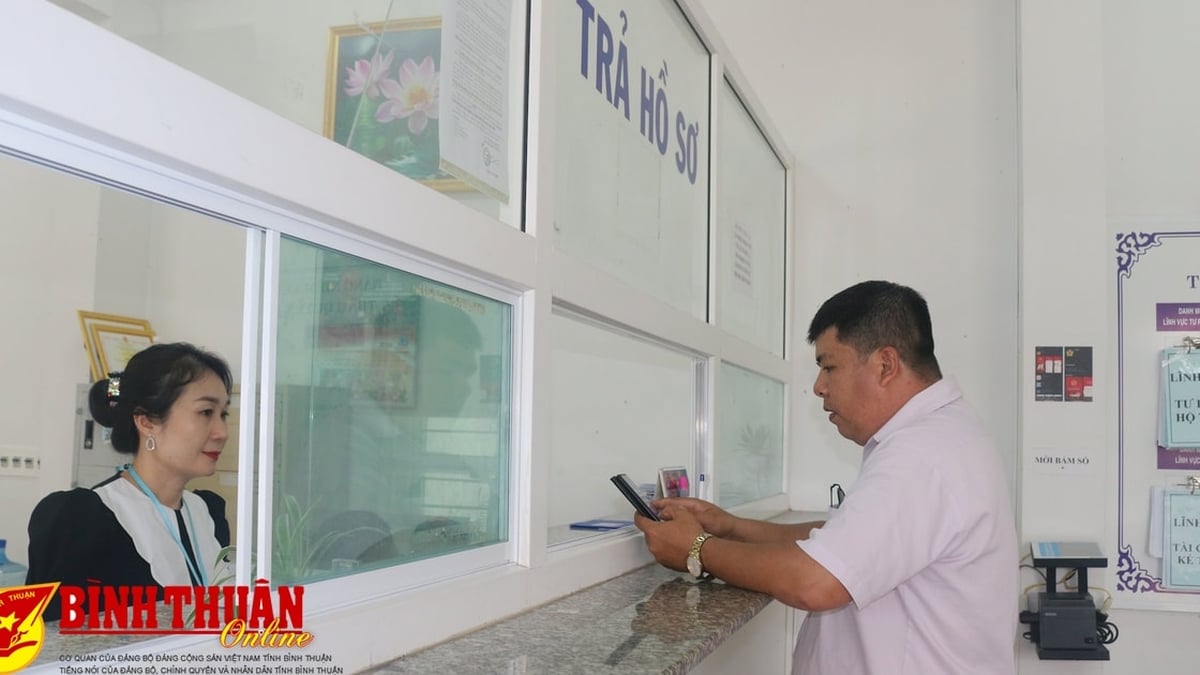
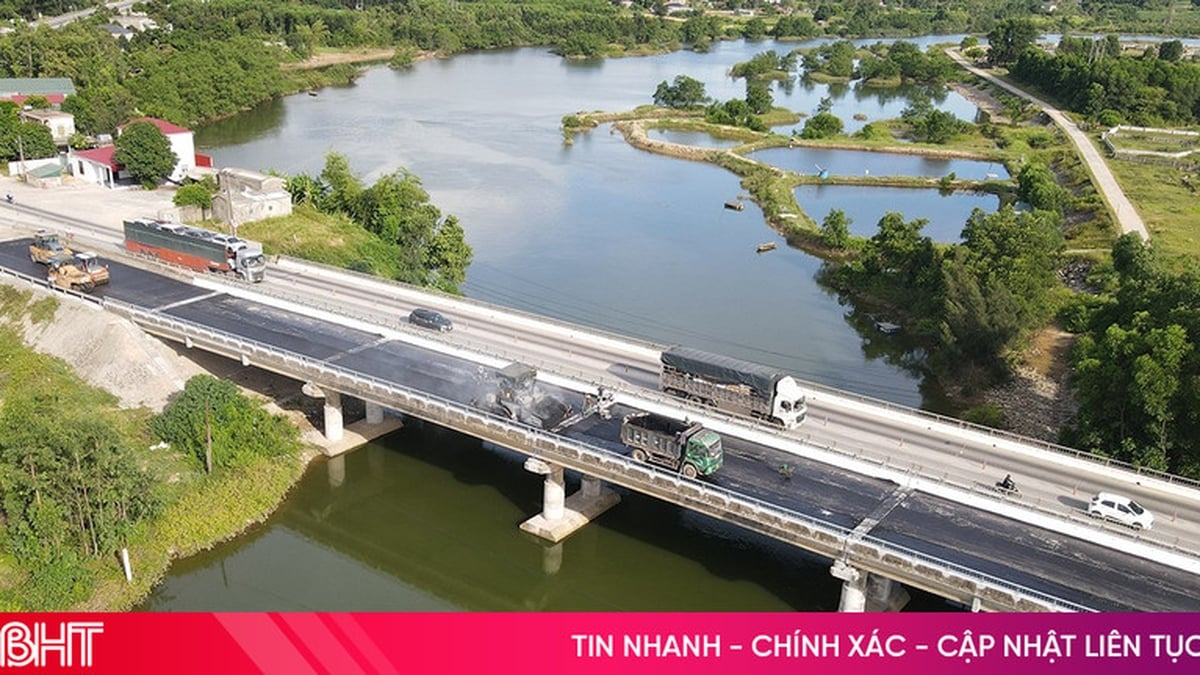








































![[Maritime News] More than 80% of global container shipping capacity is in the hands of MSC and major shipping alliances](https://vphoto.vietnam.vn/thumb/402x226/vietnam/resource/IMAGE/2025/7/16/6b4d586c984b4cbf8c5680352b9eaeb0)













































Comment (0)